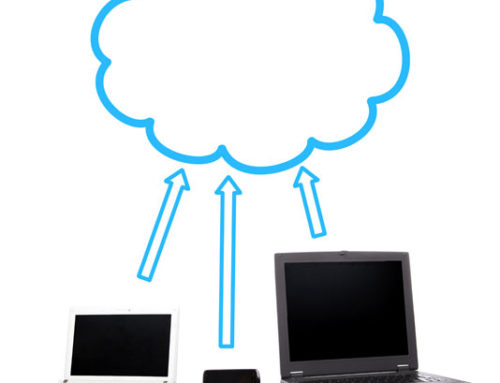Ensuring Digital Receipt Submissions Comply with IRS Regulations
The Versatility of the Digital Receipt
If you’ve wondered whether or not the Internal Revenue Service (IRS) accepts digital receipt submissions, the short answer to the question is yes. However when you dig a little deeper into the subject and look at the IRS rules and regulations that apply to electronic submission and storage, things start to get a little more complicated.
You probably already understand the basic tenants of IRS tax law—some of which are covered in IRS code section 6001. These basics mandate that if you are liable for a tax imposed by the code, you must keep records, store those records, and, “if by notice served upon by the IRS,” make those records available to the IRS so they can determine whether your records are adequate to verify whether or not you are liable for the tax in question.
When it comes to electronic records, most of the guidelines are covered in IRS Ruling Rev. PROC. 97-22 which confirms that you can prepare, record, transfer, index, store, preserve, retrieve, and reproduce books and records digitally. You can do this either by electronically imaging hard copy documents to an electronic storage media, or you can transfer computerized books and records to an electronic storage media that allows them to be viewed or reproduced without using the original program.
An important advantage allowed by the IRS digital submissions regulations is that if your original hard-copy records are ever lost, destroyed, or youdecide you want to delete them, it’s perfectly OK to do so. And you can even delete your original computerized records if you want. So as long as the digital records you provide to the IRS follow their storage requirements you’re in good shape.
Here are just a few of the capabilities and controls a digital storage system must have in order to be in compliance with IRS general requirements:
· It must produce accurate and complete transfers of hardcopy or computerized receipts, books, and records
· It must have the ability to store, preserve, retrieve, and reproduce the electronically stored information
· The digital record MUST be legible
ExpenseCloud exceeds the IRS requirement to store, preserve, retrieve, and reproduce the electronically stored information because, in addition to doing all those things, it also backs up all of your receipts in real-time. And as far as legibility goes, with the rapid acceleration of camera phone resolution quality, most ExpenseCloud customers now use their smart phones as the primary way they record receipts. The one caveat to remember is that you need to make sure the legibility requirement will be met if you use an older camera phone model. If the resolution isn’t adequate, then use one of the other ExpenseCloud options for recording your receipts.
When it comes to the topic of IRS general digital requirements, the good news is that ExpenseCloud users are already auto-compliant with, not only with the guidelines shown above, but also with most of the additional 18 IRS requirements as well. While you arebound to ExpenseCloud’s terms of use, we specifically state you can have access to your receipts in our free plan and have no plans to change this policy. And if you are selected for an IRS audit, having digital receipts that are in compliance with the recordkeeping requirements of the IRS will eliminate the risk of being subjected to penalties and fines for failure to meet IRS revenue procedures. In addition to the convenience and storage advantages that digital records offer, one other reason that the IRS is so accommodating about them is that it puts the department in compliance with the federal Paperwork Reduction Act. So by storing the supporting records for you federal tax returns electronically, you’ll not only go digital, you’ll go green as well.



Leave A Comment
You must be logged in to post a comment.